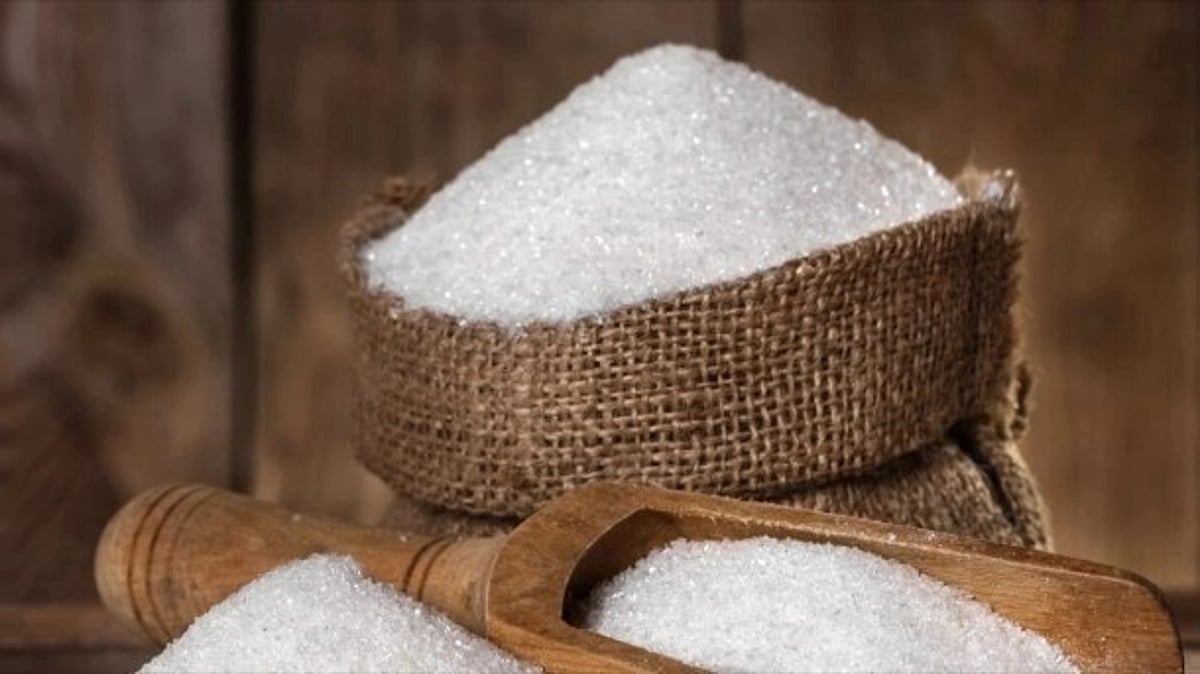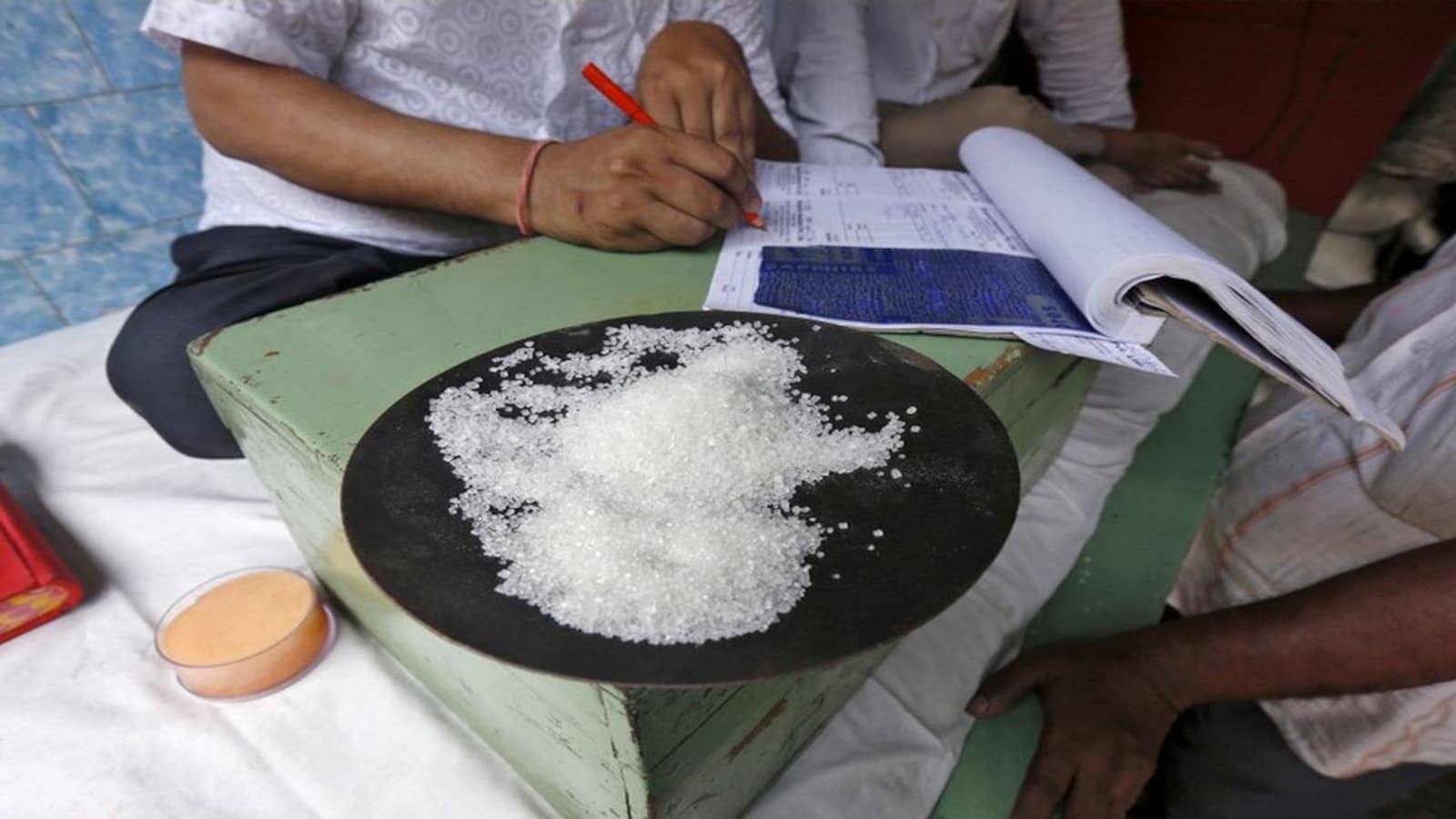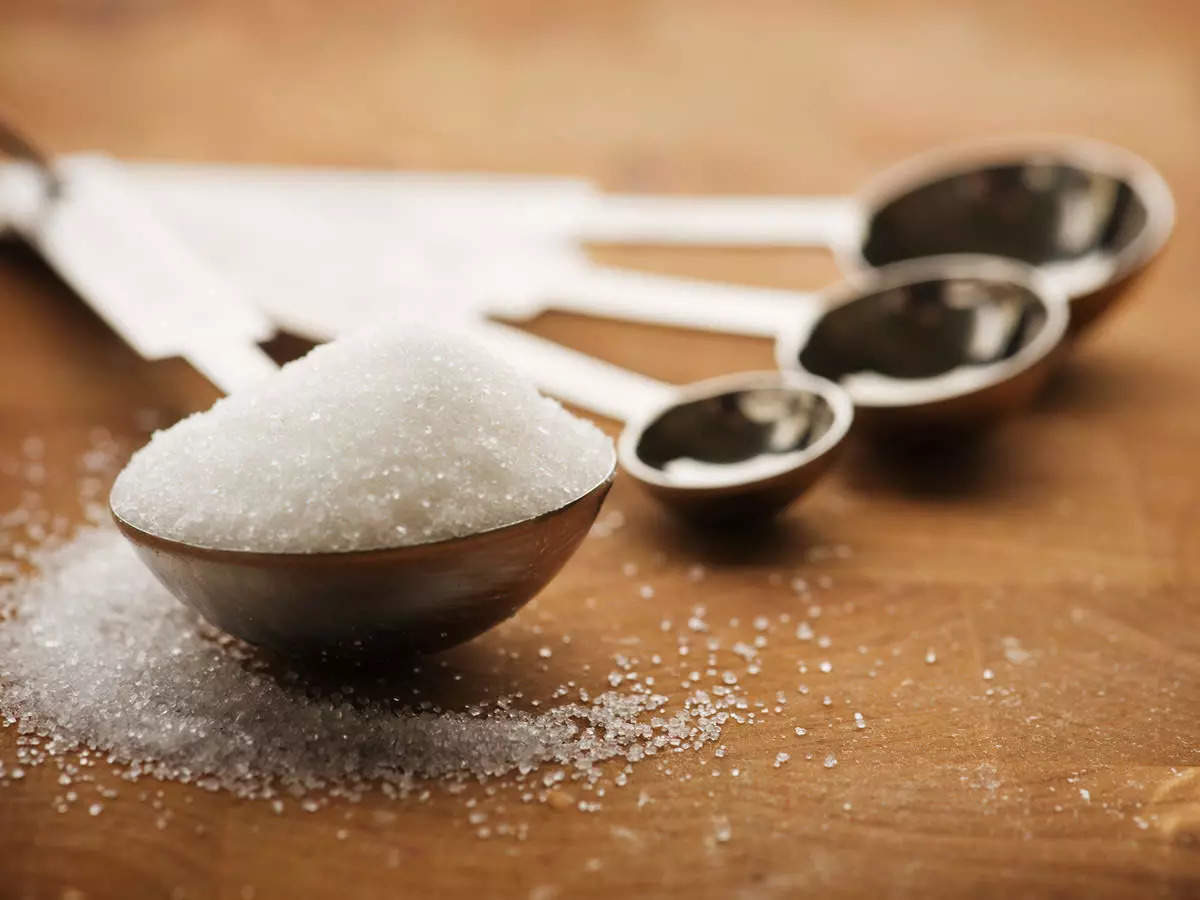Sugar Production Drops 8% to 33.7 Million Tons

Sugar Production Drops 8% to 33.7 Million Tons
The Indian Sugar Mills Association (ISMA) has recently released its estimates for the sugar production in India for the upcoming season, and the numbers paint a concerning picture.
According to ISMA, sugar output in the country is expected to decline by approximately 8% to 33.7 million tons in the upcoming year. This decline is primarily attributed to various factors, including weather conditions, water scarcity, and the cyclical nature of the sugar industry.
The Indian Sugar Mills Association (ISMA) released the first advance estimate of the output on Tuesday. It is predicted that the country’s gross sugar production would decrease by 8% to 33.7 million tonne (MT) in the 2023–24 season (October–September) compared to the previous season.

The government’s goal of 12% ethanol mix with fuel was met in 2022–2023. The goal is 15% of blending by 2023–2024.
The government authorised a 3% increase in the fair and remunerative price (FRP) of sugarcane in June, bringing the total amount to Rs 315/a quintal for the 2023–24 season, which is what farmers would receive. Increased FRP will be implemented starting on October 1st, subject to a base sugar recovery of 10.25%.
In line with the rise in the FRP of cane, ISMA has previously advised the government to raise the minimum selling price (MSP) of sugar from the existing level of Rs 31/kg to at least Rs 36–37/kg.
The government unveiled the idea of the minimum sugar price (MSP) in June 2018 to allow the sweetener business to get the minimal cost of production and satisfy farmers’ cane price obligations.
According to ISMA, there will be enough sugar produced this season to cover the expected 27.8 MT of domestic demand each year.In the 2023–2024 growing season, the country’s sugar cane acreage is projected to reach around 5.7 million hectares.
In the 2023–2024 growing season, the country’s sugar cane acreage is projected to reach around 5.7 million hectares.
Factors Contributing to the Decline in Sugar Output
- Weather Conditions: One of the primary factors affecting sugar production in India is the prevailing weather conditions. A combination of erratic monsoons, excessive rainfall in some regions, and droughts in others has had a significant impact on sugarcane cultivation. A lack of consistent weather patterns can lead to reduced crop yields and a decline in the overall sugar output.
- Water Scarcity: India faces an increasing water scarcity issue, and sugarcane is a water-intensive crop. Many sugarcane-producing regions are facing water shortages, leading to reduced cultivation and lower yields. Farmers often have to choose between sugarcane and other crops that require less water, which can further contribute to the decline in sugar production.
- Delayed Planting: In some cases, delayed planting of sugarcane crops due to unfavorable weather conditions or other factors can lead to a shorter growing season. This reduced growing period can result in lower yields and less sugar production.
- Cyclical Nature of the Industry: The sugar industry is known for its cyclical nature. Periods of high production are often followed by periods of lower output as farmers respond to market conditions and prices. In recent years, India experienced a surplus of sugar, leading to lower prices, which, in turn, discouraged farmers from planting as much sugarcane.
- Reduced Acreage: Another contributing factor to the expected decline in sugar production is the reduction in sugarcane acreage. Farmers are increasingly diversifying into other crops due to better profit margins and reduced water requirements. This shift away from sugarcane cultivation has resulted in fewer areas under sugarcane, impacting overall production.

The decline in sugar production can have several significant economic repercussions for India:
- Impact on Farmers: Sugarcane is a major cash crop for many farmers in India, and reduced sugar production directly affects their income. Lower sugar production can lead to decreased revenues for farmers, potentially pushing them into financial distress.
- Employment: The sugar industry is a significant source of employment in rural areas, providing jobs for millions of people. A decrease in sugar production can result in reduced employment opportunities, impacting the livelihoods of those dependent on the sector.
- Sugar Prices: A decline in sugar production could lead to an increase in sugar prices in the domestic market. This, in turn, can affect consumers by raising the cost of essential food items.
- Impact on Exports: India is one of the world’s largest sugar producers and exporters. A reduction in sugar output may lead to lower export volumes, affecting foreign exchange earnings and the country’s trade balance.
- Ethanol Production: To mitigate the impact of sugar surplus and promote renewable energy, the Indian government has encouraged the diversion of sugarcane towards ethanol production. However, reduced sugarcane availability may also impact ethanol production, which is a key component of India’s renewable energy strategy.

The anticipated 8% decline in sugar production to 33.7 million tons, as projected by the Indian Sugar Mills Association (ISMA), is a matter of concern for the sugar industry, farmers, and the Indian economy as a whole.
The combination of adverse weather conditions, water scarcity, delayed planting, and the cyclical nature of the sugar industry has contributed to this decline.

It is imperative for the government, industry stakeholders, and farmers to collaborate on sustainable practices and strategies to stabilize sugar production and safeguard the interests of all involved parties.
Additionally, diversifying agriculture and promoting alternative crops in water-scarce regions can help mitigate the risks associated with heavy dependence on sugarcane cultivation.




